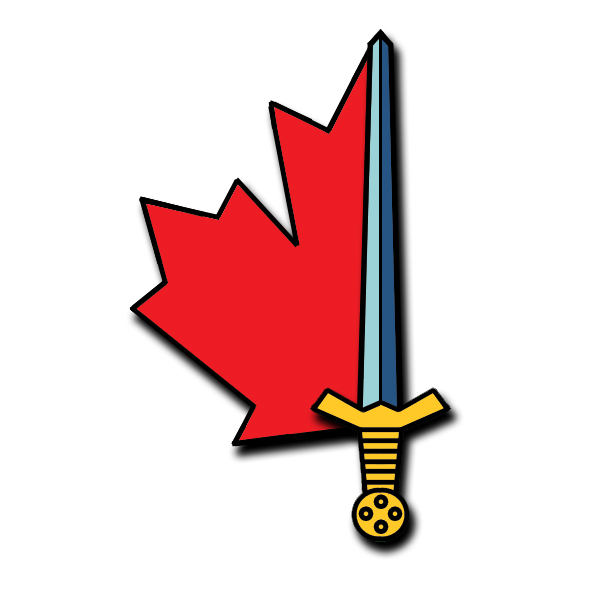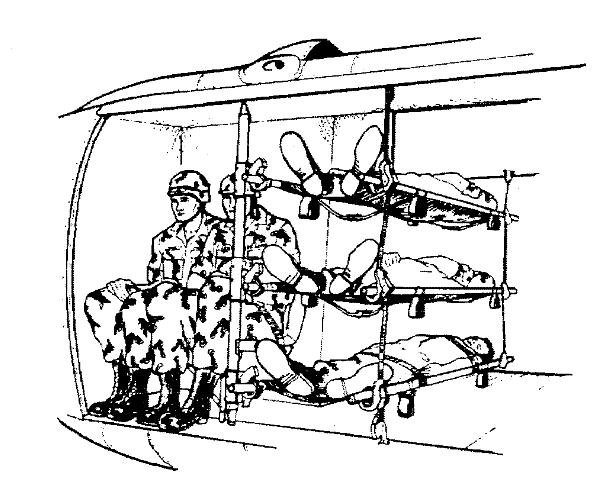FormerHorseGuard
Sr. Member
- Reaction score
- 419
- Points
- 760
I think I know the answer but I could be wrong.
I was watching a video of Facebook of the exercise in Wainwright going on. It showed a US Army Blackhawk with the Red Cross markings on it.
I have never seen Canadian Forces Helicopter with Red Cross markings, does the CF have dedicated helicopters for Medical Evac flights or do we use whatever helicopter is avaialable?
I was watching a video of Facebook of the exercise in Wainwright going on. It showed a US Army Blackhawk with the Red Cross markings on it.
I have never seen Canadian Forces Helicopter with Red Cross markings, does the CF have dedicated helicopters for Medical Evac flights or do we use whatever helicopter is avaialable?





